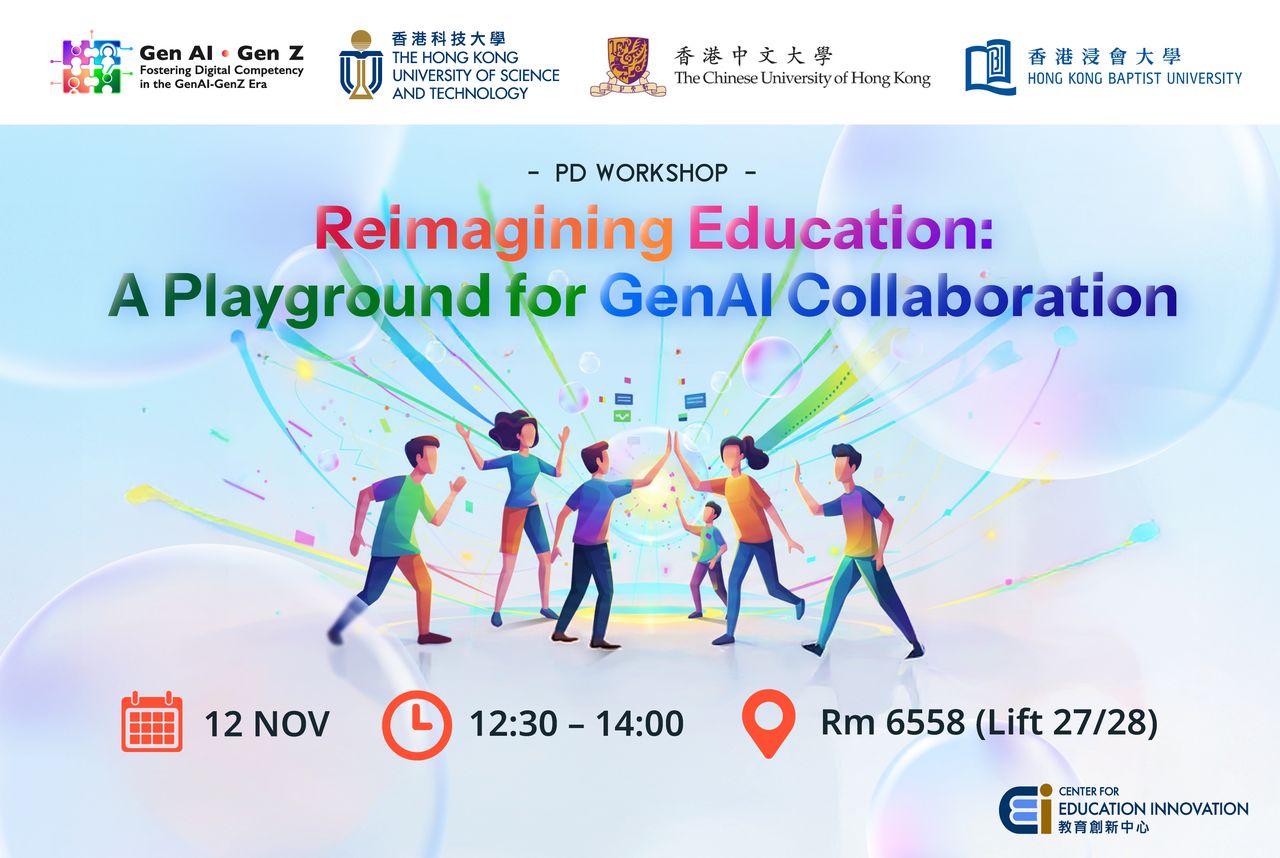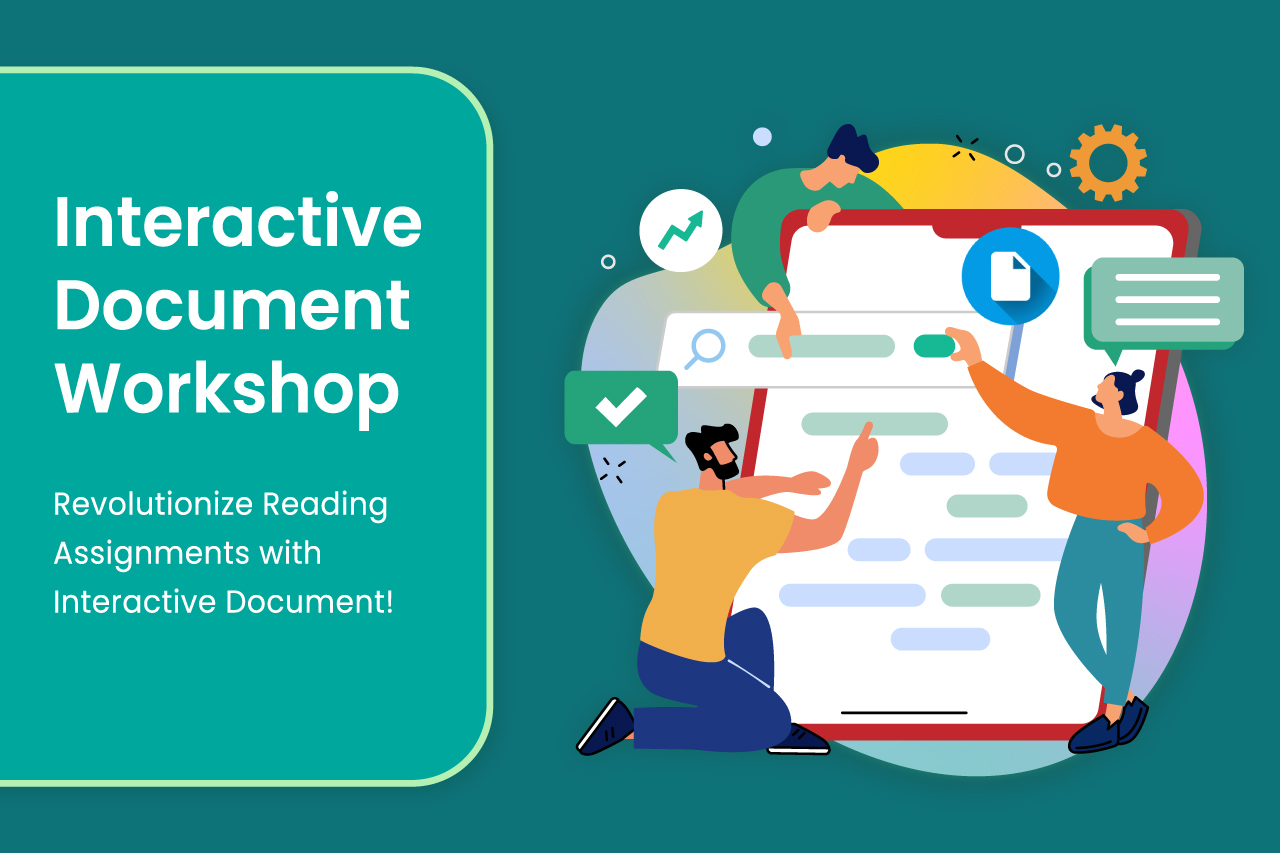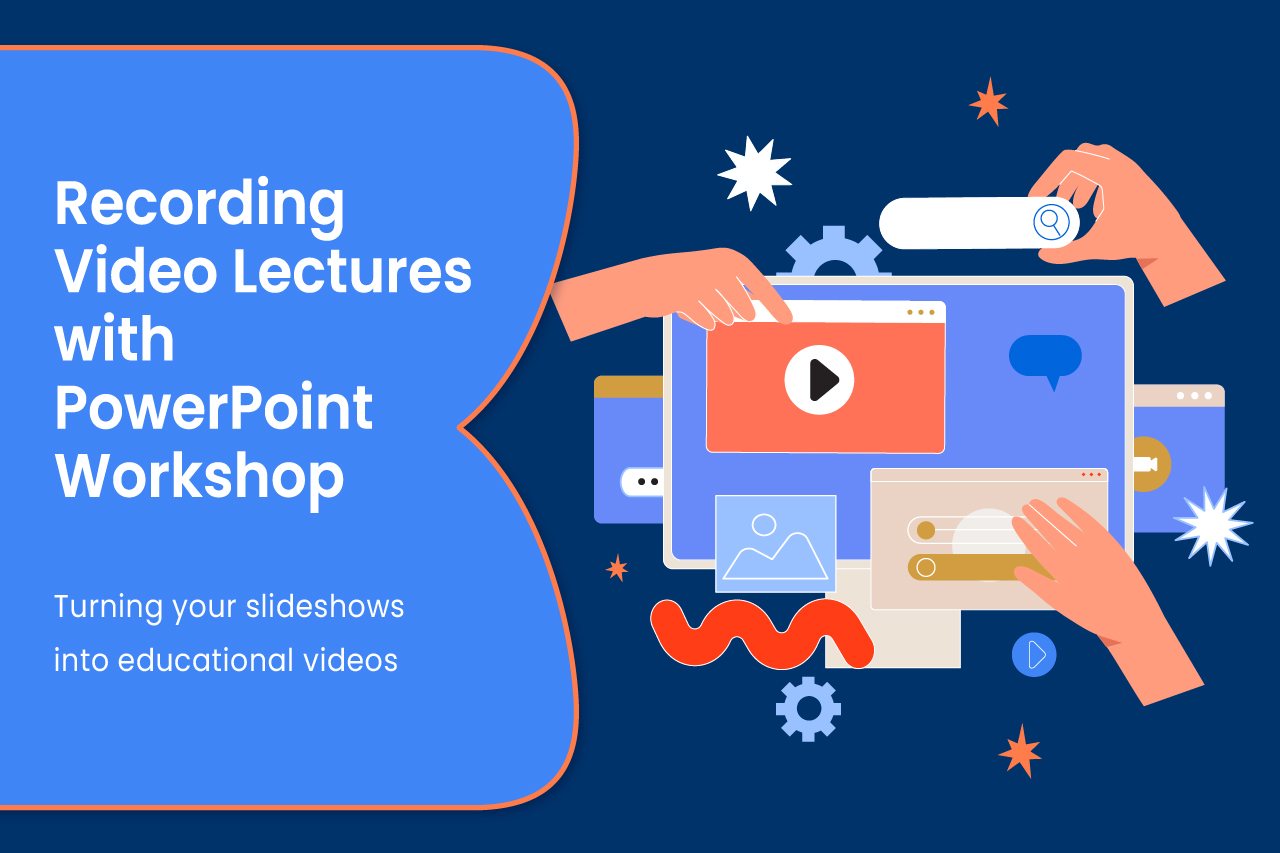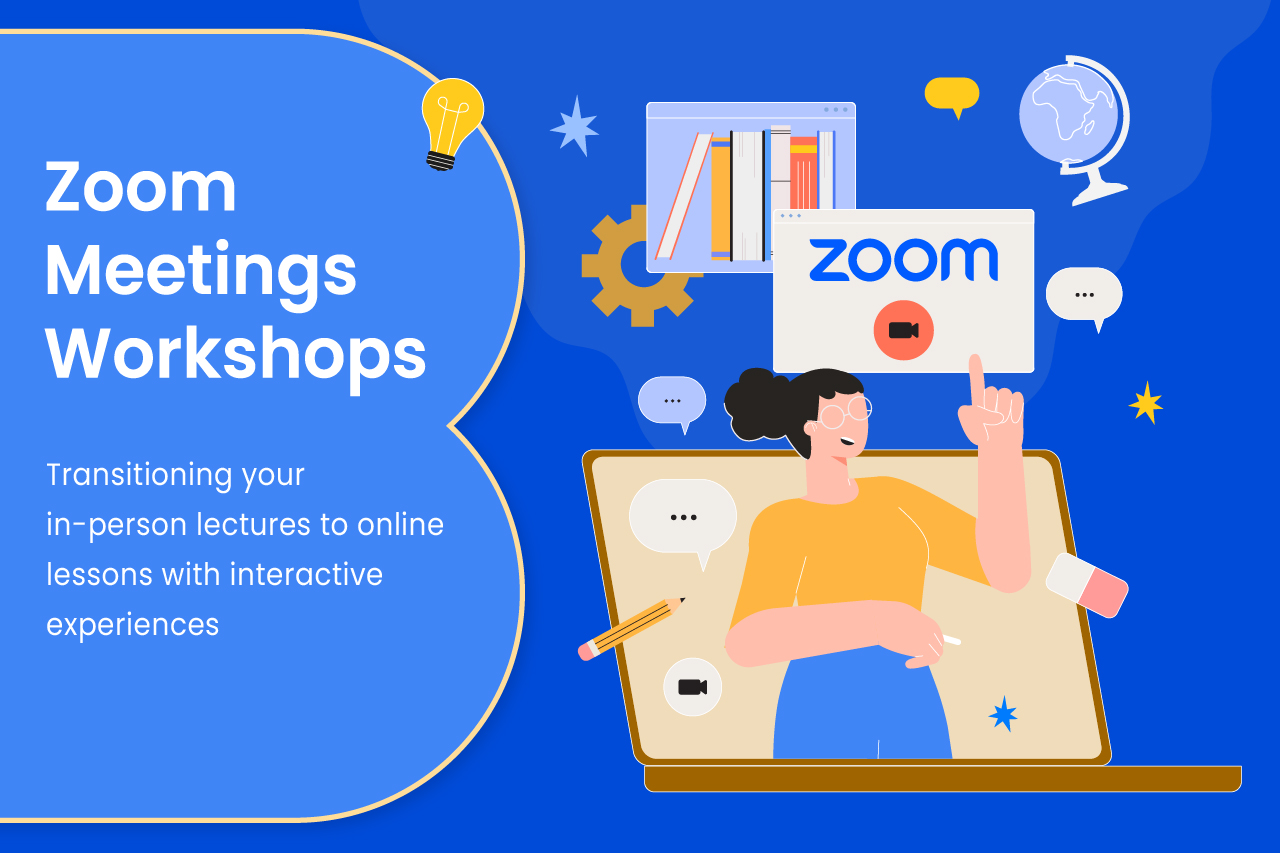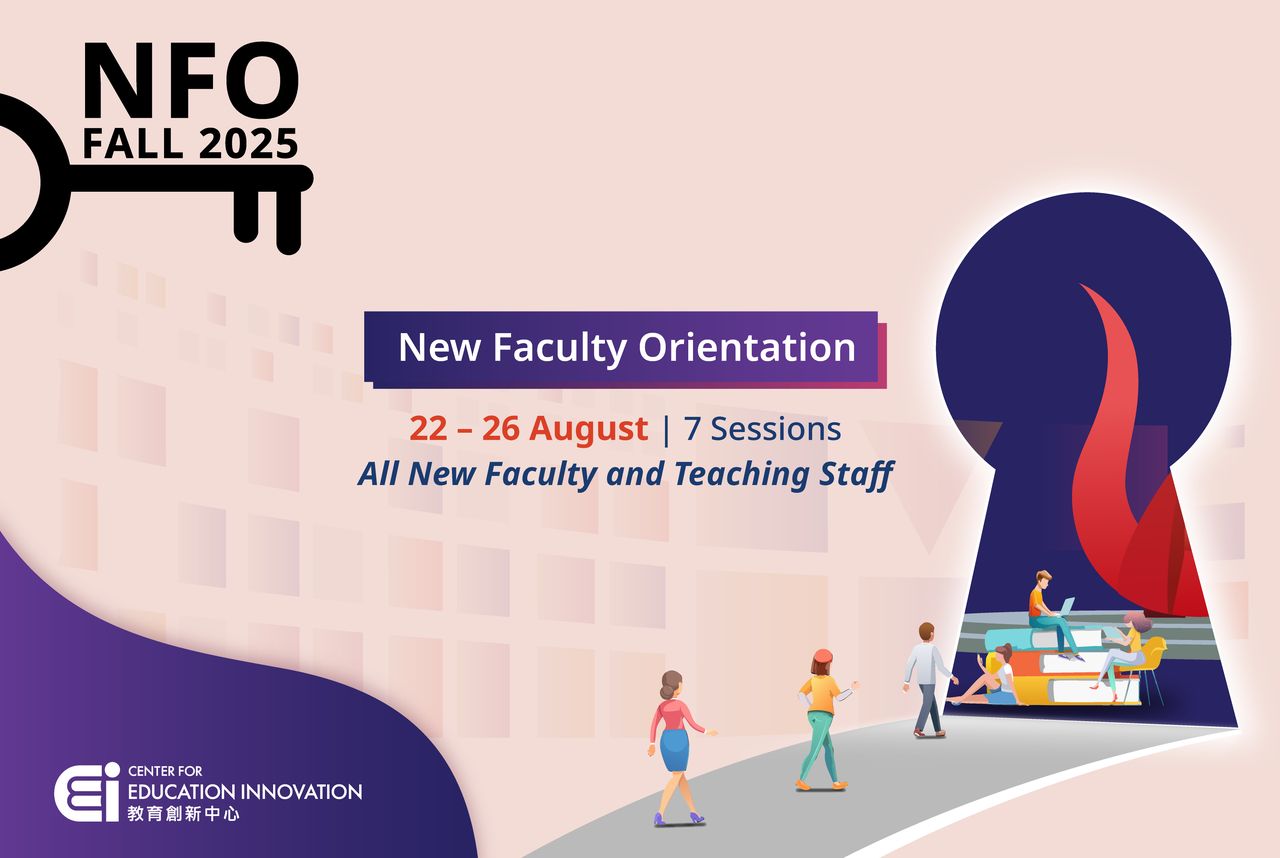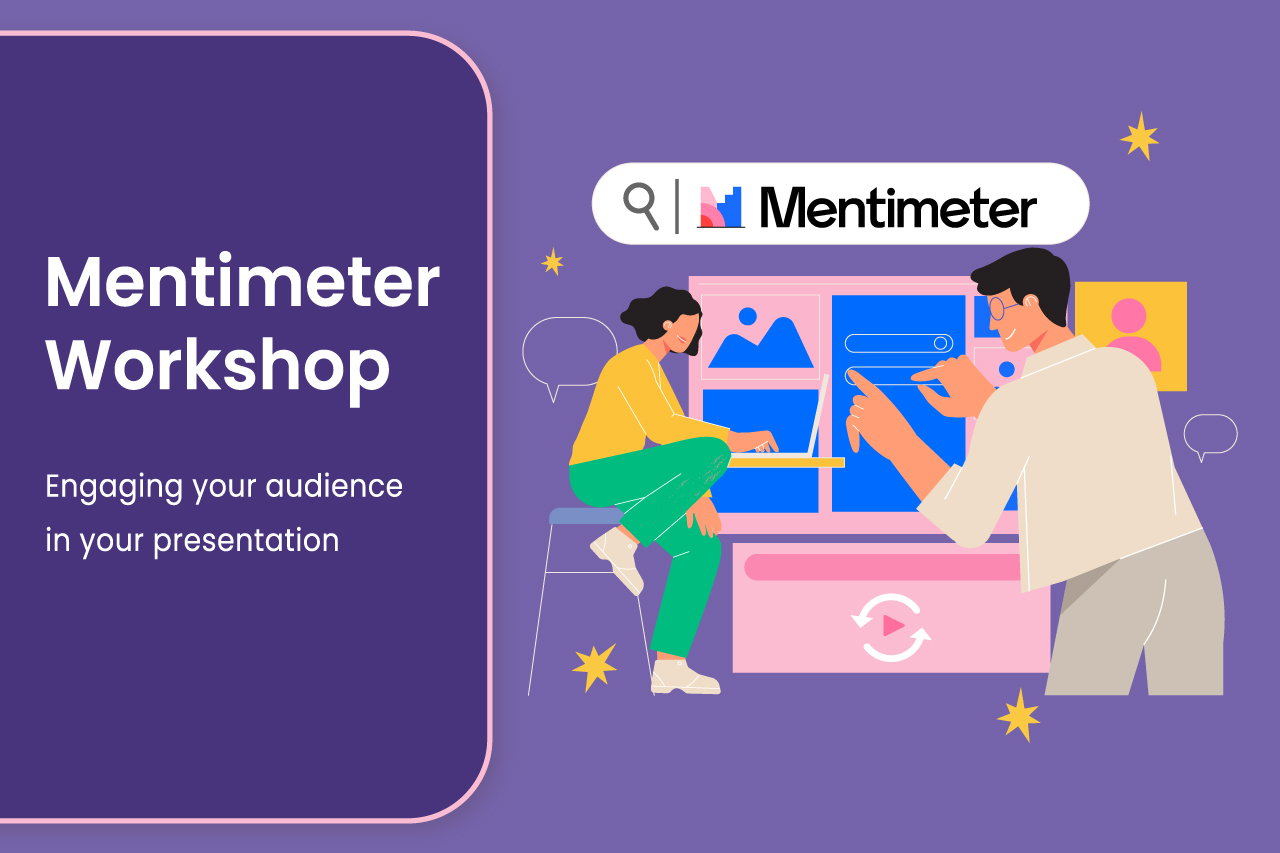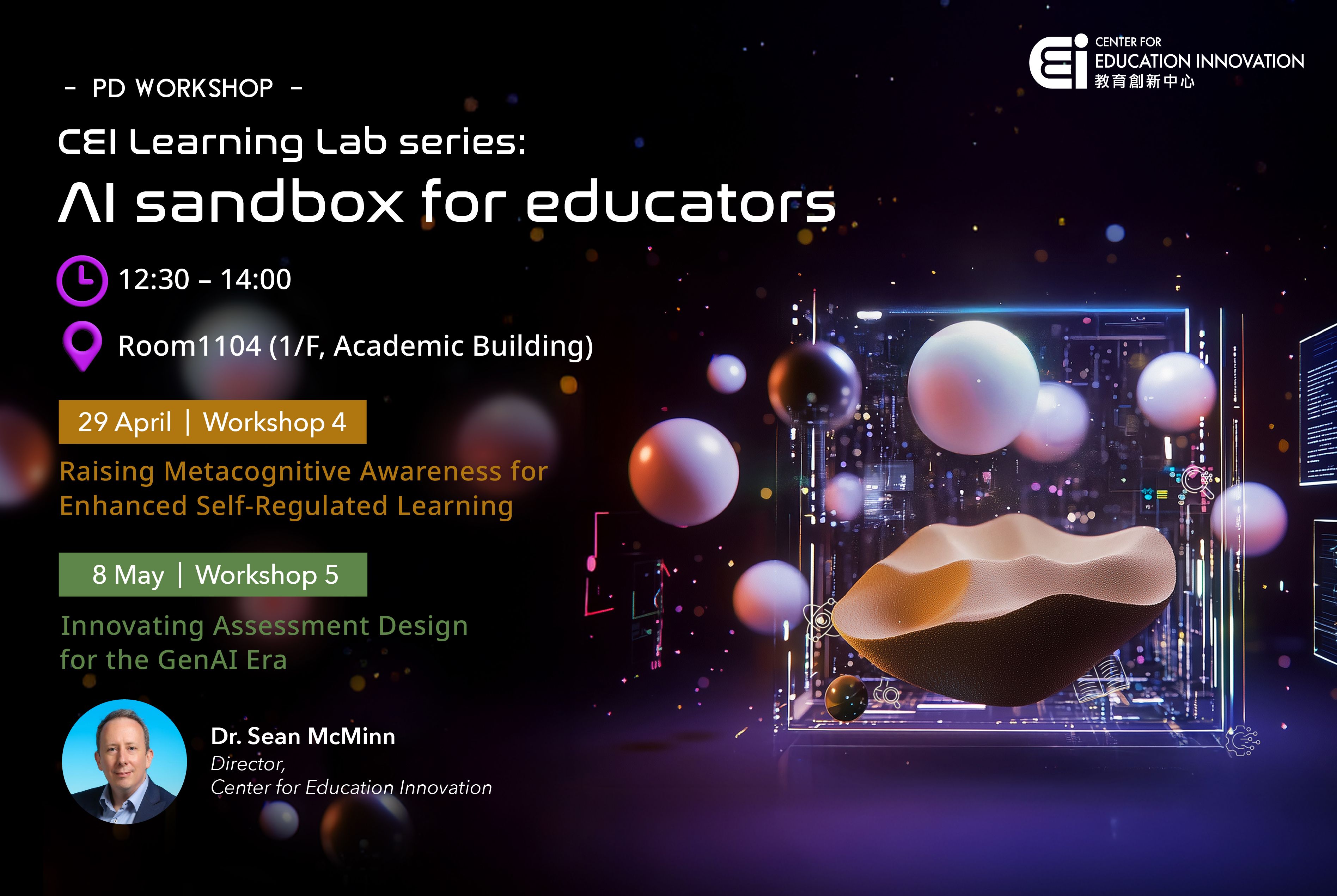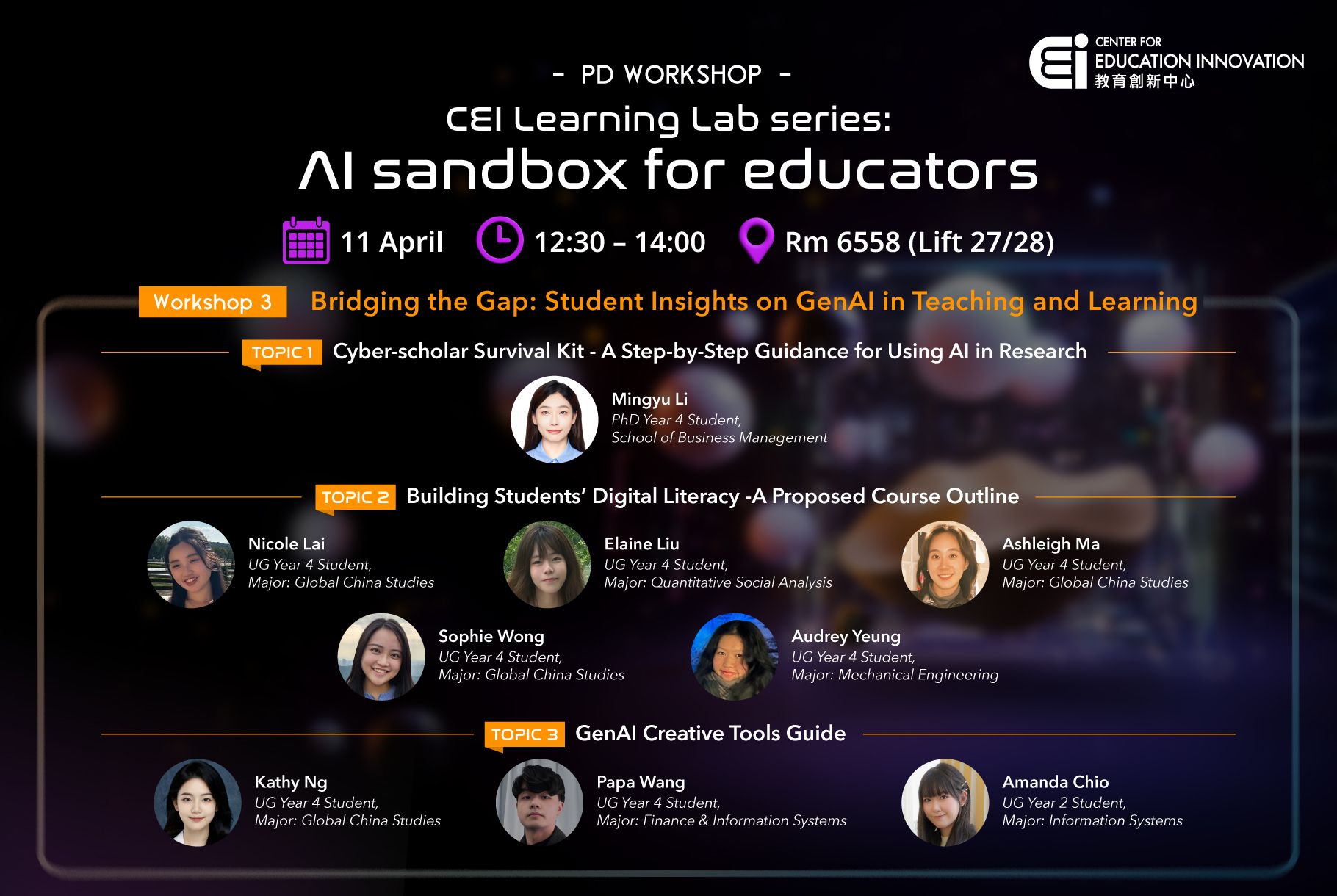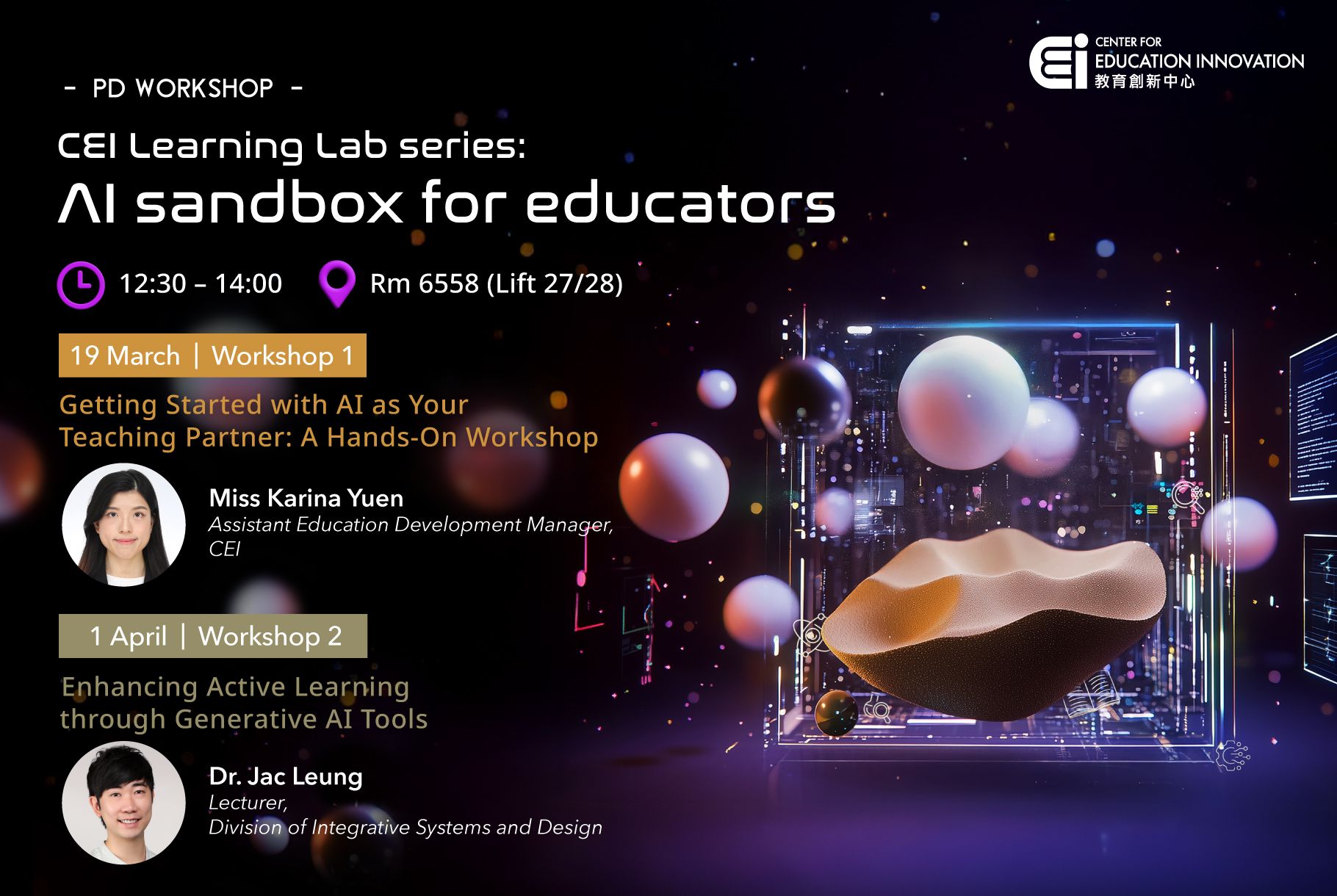New Faculty Orientation: Teaching and Learning at HKUST | Fall 2023

The New Faculty Orientation (NFO) is an essential program designed to introduce new faculty and teaching staff to the teaching and learning environment at the University. With a focus on providing a comprehensive overview, the orientation includes a half day program covers key aspects of teaching and learning, consist of the undergraduate curriculum, the common core program, and our student demographics. In addition, the orientation also provide effective ways of soliciting feedback for your teaching. Furthermore, experienced faculty members will share their teaching practices and advice to help new faculty navigate practices that work and unique challenges of teaching at HKUST.
To facilitate teaching in various formats, the orientation also includes workshops on eLearning tools and platforms, such as Zoom and Canvas, enabling teaching in face-to-face, hybrid, and fully online formats. Additionally, ITSC and ISO colleagues will conduct informative sessions introducing services and tools that support teaching.
By participating in the NFO, new faculty and teaching staff will be better equipped to kickstart their teaching at HKUST, leveraging the knowledge and insights gained to provide a valuable academic experience to their students.
| Date: | 10-15 AUG 2023 |
|---|---|
| Venue: | Room 6558 (Lift 27-30) & Online via Zoom |
Program Rundown
Session Descriptions
Session 1: Overview of Teaching and Learning at HKUST
Dr. Sean McMinn, Director, Center for Education Innovation
Dr. Beatrice Chu, Head of Professional Development, Center for Education Innovation
The half-day new faculty orientation program at HKUST focuses on familiarizing new members with teaching and learning specifics at the university. Attendees will gain insights into the undergraduate curriculum, teaching methodologies, performance indicators, and strategic initiatives. Additionally, participants will learn about the common core program, HKUST's diverse student demographic, characteristics, and study habits. There's also a session with a guide on collecting student feedback for the continual refinement of teaching methods. The program concludes with a session featuring experienced faculty sharing good teaching practices to enhance student learning.
Session 2: Zoom Basics
May Tse and Rambo Lai, Center for Education Innovation
This workshop is designed to introduce Zoom's basic features for new faculty and teaching staff who have not used Zoom for teaching and will cover:
- Locate Zoom global and basic settings
- Schedule Zoom sessions with appropriate settings
- Utilize the Zoom features (e.g. share screen, annotate, chat, raise hands, and mute/unmute) to facilitate live interactive online lessons
- Recall the roles of the host and co-host during a Zoom session
- Access and share Zoom recordings after a class
- Obtain the Zoom attendance report after a class
Session 3: Zoom Polling
May Tse and Rambo Lai, Center for Education Innovation
Using polling in online live lectures to engaging your students with real-time responses, assessing their understanding, and gauging class progress and the session will cover:
- Use non-verbal feedback as a quick poll
- Create polls on the fly and before the session
- Download poll results during and after the session
- Manage polls as a host, co-host, and alternative host
- Use other polling options
Session 4: ITSC Support and PRS for Teaching
Dennis Ko, ITSC Support for Teaching
Liona Cheung, PRS for Teaching
In this session, the Information Technology Service Center (ITSC) will introduce some major IT services and AV facilities available in central managed classrooms. We will also walk you through the set-up of Personal Response System (PRS) sessions and the ways that the PRS facilitates to classroom teaching.
Session 5: Zoom Breakout Rooms
May Tse and Rambo Lai, Center for Education Innovation
Use Zoom Breakout Rooms to foster collaboration and active learning through group discussions and activities and the session will cover:
- Use audio, video, and screen share controls inside a Breakout Room
- Set up Breakout Rooms, including manual, random, pre-assign, or self-select groups
- Recall the roles of the host versus co-host during Breakout Rooms
- Manage Breakout Rooms in progress
- Describe pedagogical best practices with Breakout Rooms
Session 6: Zoom Whiteboard
May Tse and Rambo Lai, Center for Education Innovation
Using virtual whiteboards as a tool to encourage student participation and peer interaction both in and out of class. The session will cover:
- Differentiate between the various whiteboard tools (i.e. annotate, classic whiteboard, and new whiteboard) available in Zoom
- Describe the best pedagogical tips for using virtual whiteboards
- Utilize the new whiteboard and its key functionalities to set up collaborative activities
Session 7: ISO Services and Support
Colleague from ISO
In this session, the Information Systems Office will provide you with information about the University Information Systems Strategies, the roadmap, and how the common tools can be used. The following topics will be covered:
- Introduction of the Information Systems Office, its 2022-2025 Strategies and Roadmap
- Walkthrough of our Five Strategic Initiatives, and how you can use them
- Architecture of our Student Systems
- ISO statistics on information systems usage
The session will also help you understand how you can work with ISO to improve the operational efficiency of your School and Department, how you can support the University Sustainability mission of paperless and help yourself to have data to facilitate your decision making.
Session 8: Canvas Basics
May Tse and Rambo Lai, Center for Education Innovation
Canvas is a comprehensive and user-friendly Learning Management System adopted by the University in 2014 to support its changing learning and teaching needs. In this session, we will guide you to get familiar yourself with the key features of Canvas to get started. The session will cover:
- Recall the key features and interface of Canvas
- Modify user account notifications settings
- Set up a course site and navigation with required tools
- Create and manage course content
- Manage course participants
- Monitor students’ learning progress
Session 9: Explore the Steps to Mixed Mode Teaching
Amy Chong and Jhoanna Daria, Center for Education Innovation
With Mixed-Mode teaching, you can engage with your students both in-person and online. You can even invite guest speakers from overseas to add some diversity and enrich your teaching experience. This approach ensures that everyone stays connected and engaged, regardless of their physical location. Are you ready to dive in? The session will cover:
- Describe Mixed Mode and Mixed Mode Lite teaching, and determine the appropriate use of each based on relevant factors
- Describe how different learning activities can be effectively facilitated in Mixed Mode teaching
- Leverage TA support effectively in Mixed Mode teaching
- Recognize recommended classroom equipment setup at the CWB campus
- Recall HKUST resources and support for Mixed Mode teaching


